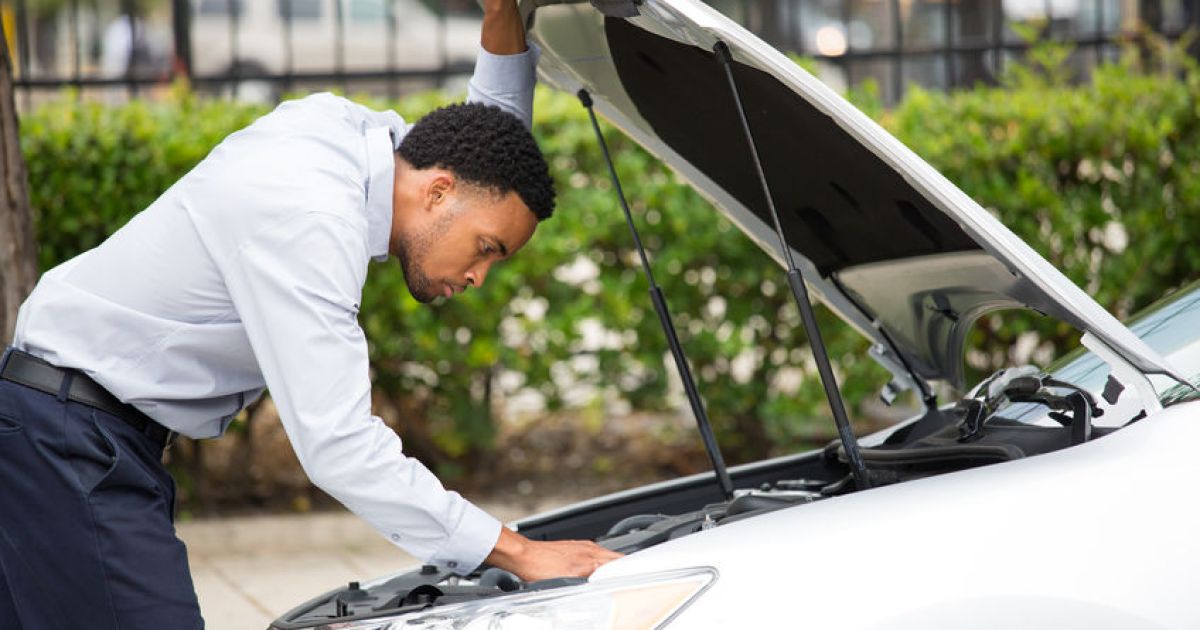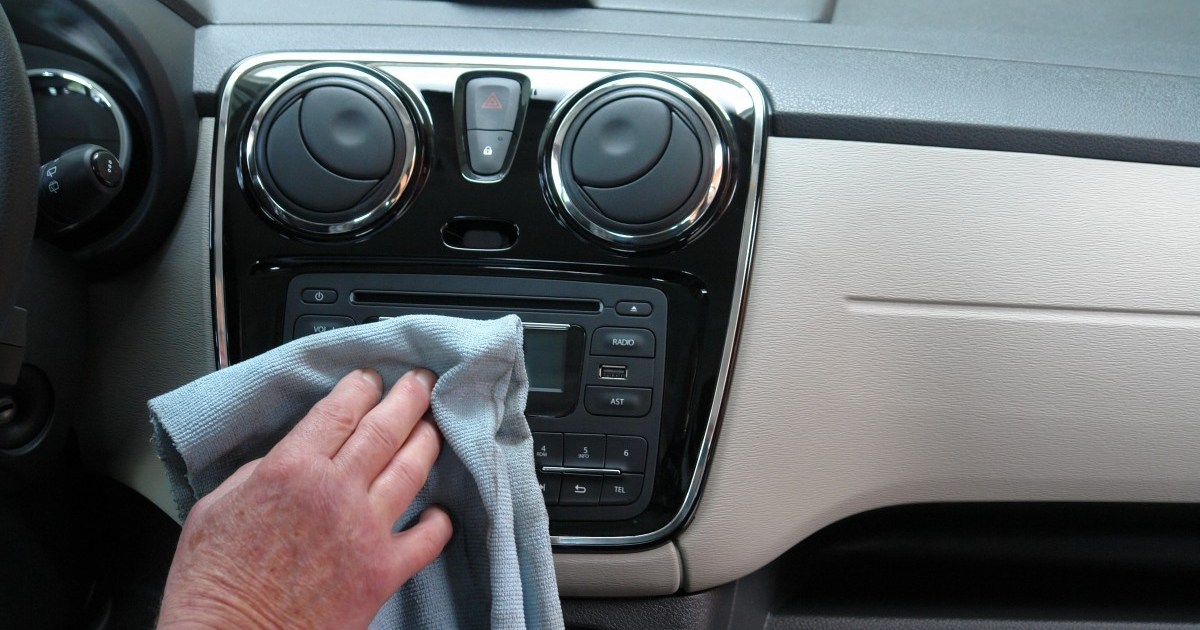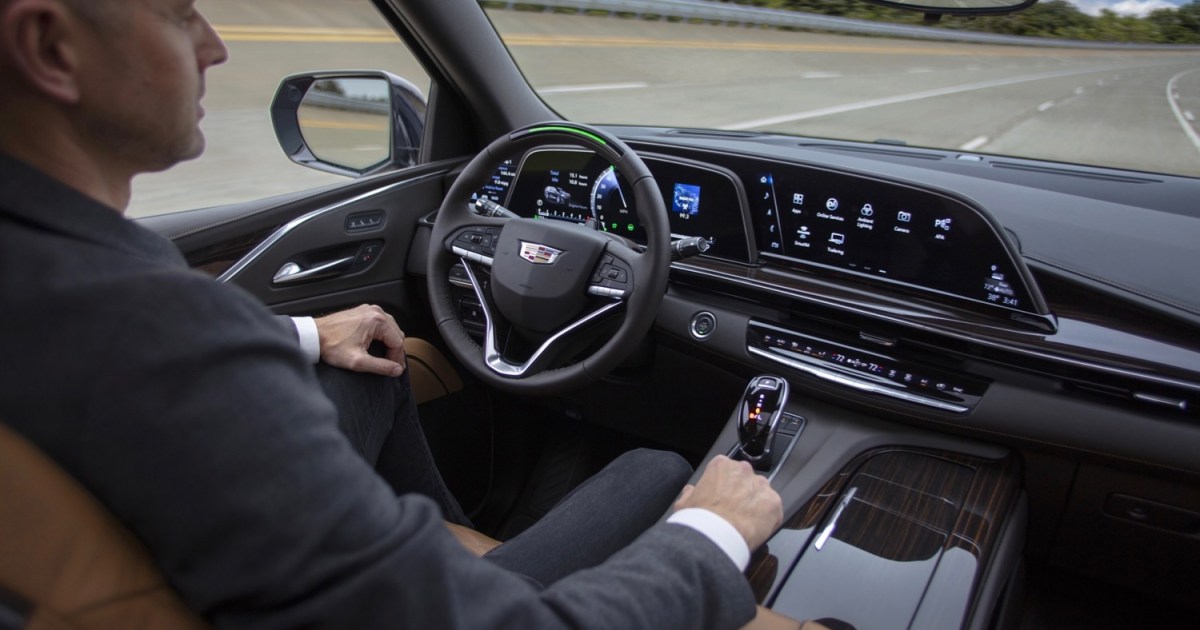A dead car battery often strikes at the worst possible moment. Whether you’re late, tired, or caught in a downpour, discovering a lifeless engine can be incredibly frustrating. However, don’t panic. There are several methods to charge a car battery, and if it’s truly beyond saving, replacing it is a manageable task. This guide will walk you through the process of charging and replacing your car battery.
Jump-Starting Your Car
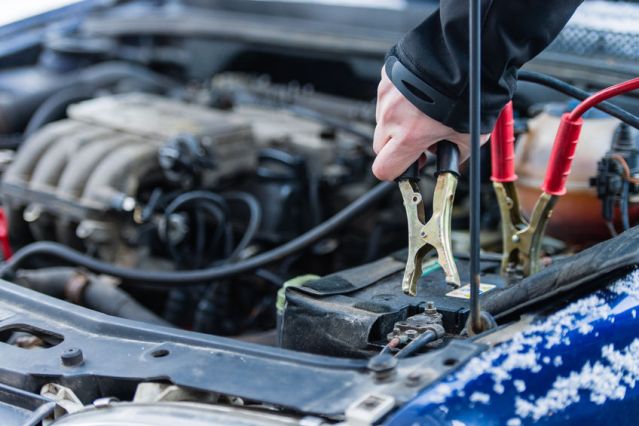 alt text: Jumper cables connected to a car battery
alt text: Jumper cables connected to a car battery
The quickest way to get your car running again is by jump-starting it using jumper cables and another vehicle with a functioning battery. Portable jump starters are also a viable option. Once the engine starts, the alternator will begin recharging the battery. Driving for about 20 minutes should provide a sufficient charge. However, if your battery is unable to hold a charge, jump-starting will become a recurring necessity. This is not a recommended long-term solution.
Jump-starting is relatively simple, but precautions are essential to prevent damage or injury. First, locate your car’s battery. It’s typically under the hood, but some models place it under the rear seats or in the trunk. If this is the case, there might be a terminal in the engine bay. Knowing the battery’s location beforehand ensures your jumper cables are long enough.
With both cars in park (automatic transmission) or neutral (manual transmission) and parking brakes engaged, turn off both ignitions. Remove any covers obstructing the battery terminals. Begin with the positive (red) cable, connecting one end to the dead battery’s positive terminal and the other to the good battery’s positive terminal (usually marked with a “+” or “POS”). Next, connect the negative (black) cable to the good battery’s negative terminal (“-” or “NEG”). Finally, connect the other end of the negative cable to an unpainted metal surface in the engine bay of the car with the dead battery, away from the battery itself. Ensure all connections are secure.
Start the car with the good battery and let it run briefly. Then, attempt to start the car with the dead battery. If it starts, let it run for 15-20 minutes after removing the cables. If it doesn’t start, the battery might be completely dead, or there could be another underlying issue. A clicking sound might indicate a starter motor problem, while an engine that turns over but doesn’t start could signify a fuel or spark issue.
Using a Portable Charger
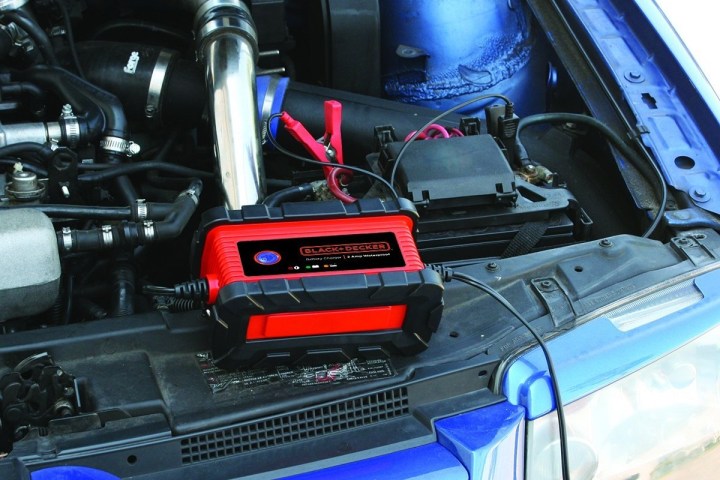 alt text: A portable car battery charger
alt text: A portable car battery charger
If time isn’t a constraint and you own a portable battery charger, this offers a convenient alternative to jump-starting. Many portable chargers also feature useful additions like flashlights and USB ports. Alternatively, many auto parts stores will charge your battery for free.
Using a portable charger is straightforward: connect the positive (red) clamp to the positive battery terminal and the negative (black) clamp to the negative terminal. Plug the charger into a standard outlet and turn it on. Charging a car battery can take eight hours or more depending on the charger and the battery’s state of discharge. Modern chargers typically have indicator lights to signal a full charge.
Replacing Your Car Battery
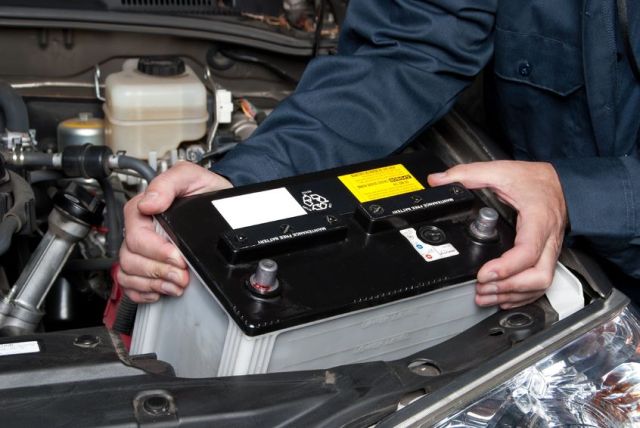 alt text: Removing a car battery
alt text: Removing a car battery
If your battery is unable to hold a charge, replacement is necessary. This is a task you can easily handle yourself with basic tools like wrenches (often 10mm, but confirm the correct size for your car) and sandpaper to clean the terminals. Remember, battery acid is corrosive, so wear gloves and old clothes.
With your car in park (or first gear for manual transmissions) and the parking brake engaged, loosen the battery terminals using the appropriate wrench. Clean any white or blueish buildup around the terminals with a rag. Next, locate and remove the bolts securing the battery to the tray. Set aside the removed parts carefully. The battery will be heavy, so be prepared when lifting it out.
Installation is the reverse of removal. Secure the battery with the bolts, tighten the terminals, and start the car. It should start without issue.
Remember to recycle your old battery responsibly. Most auto parts stores accept used batteries for recycling. Some scrap metal yards might offer a small amount of cash for your old battery, depending on the current scrap metal prices.



